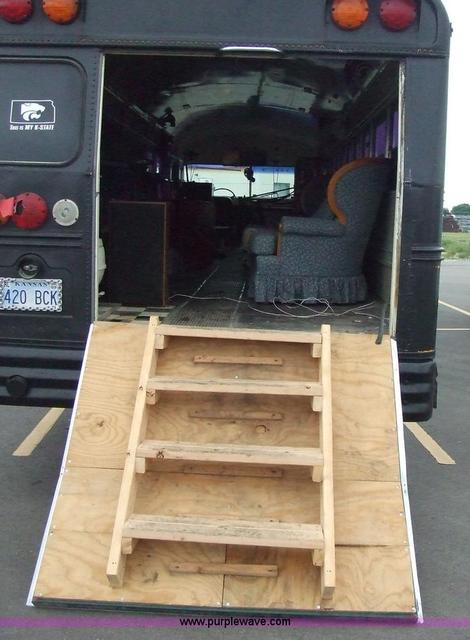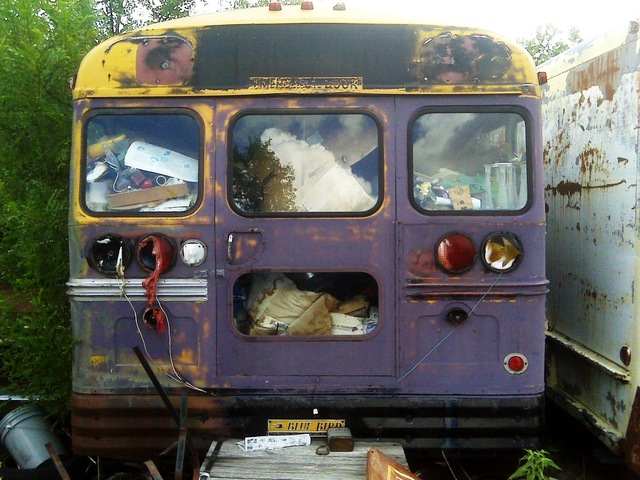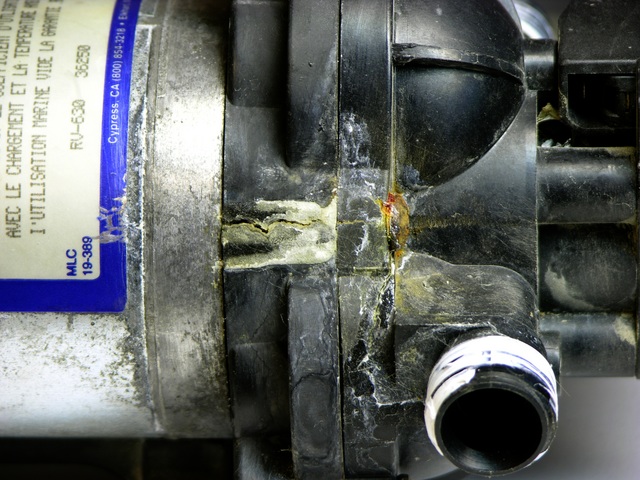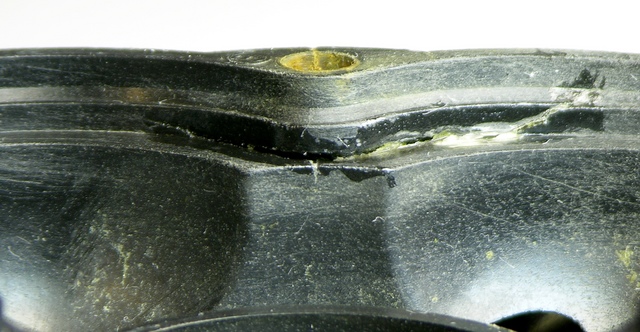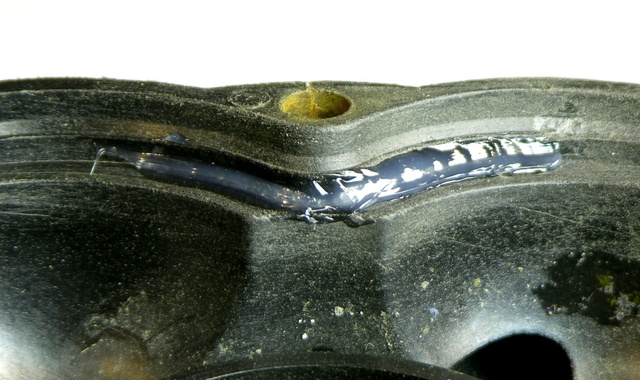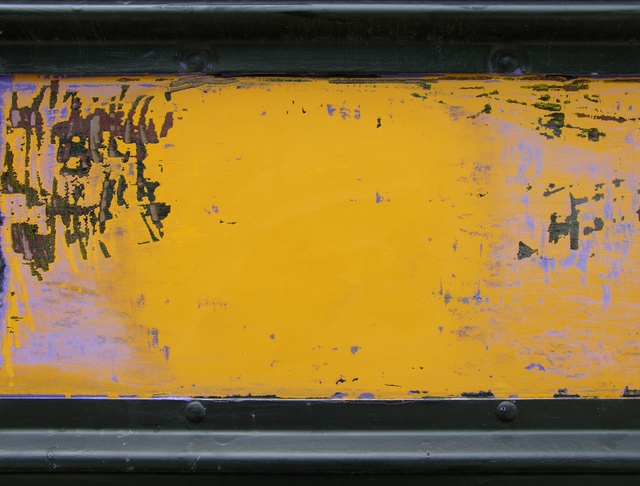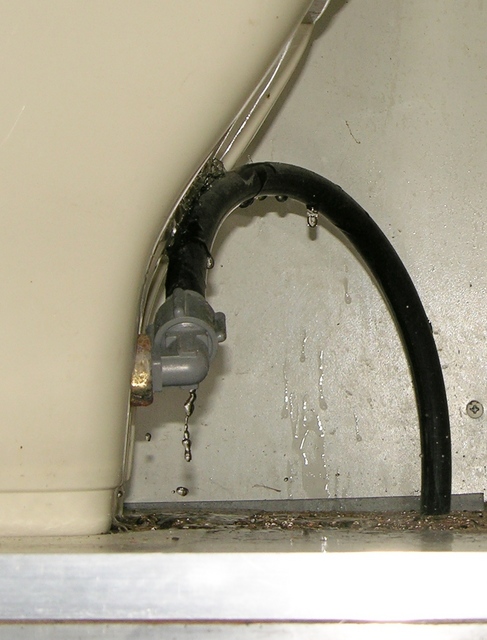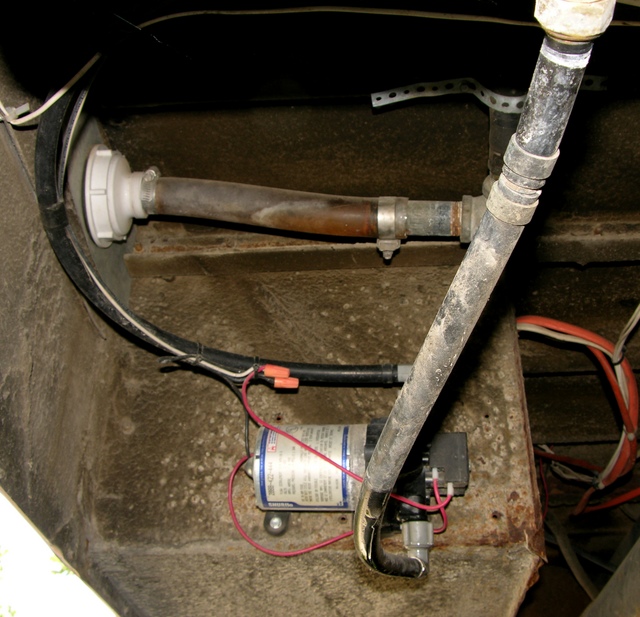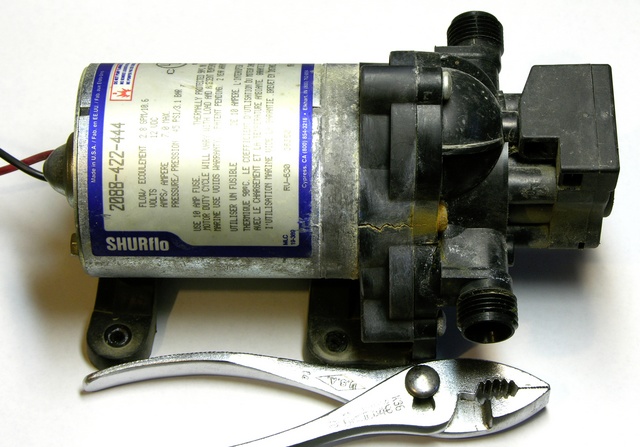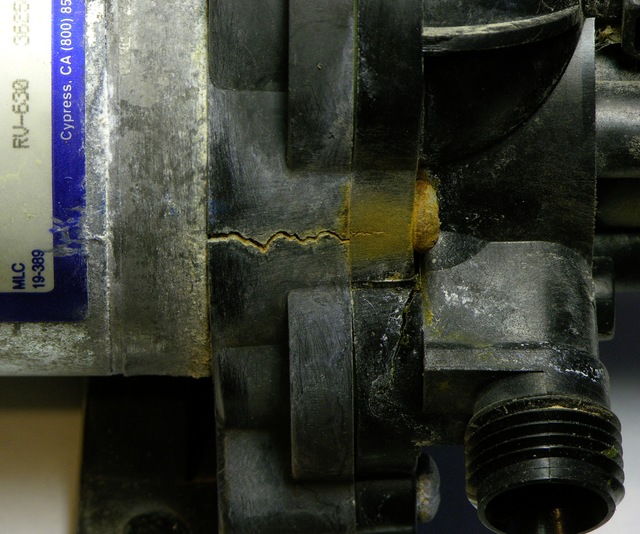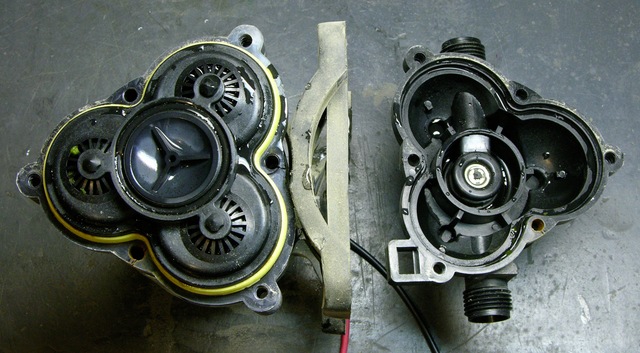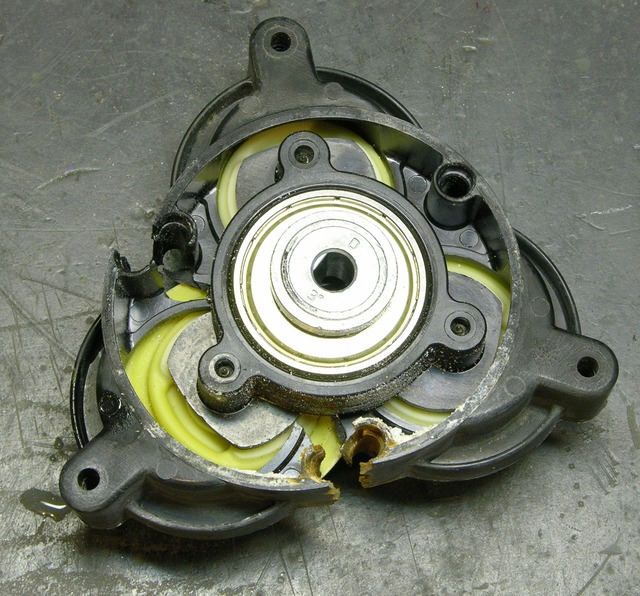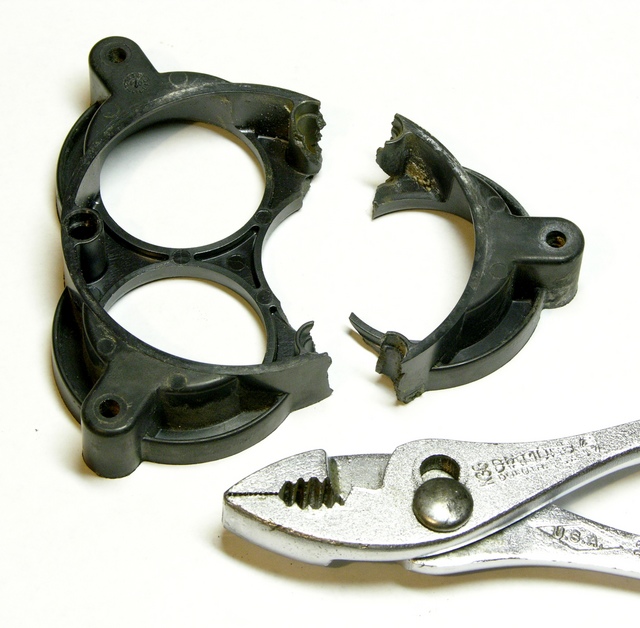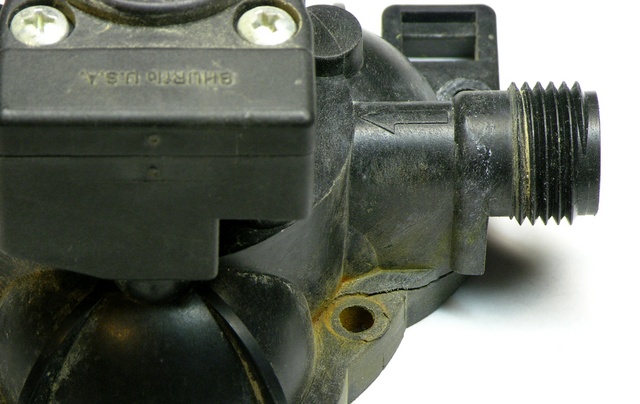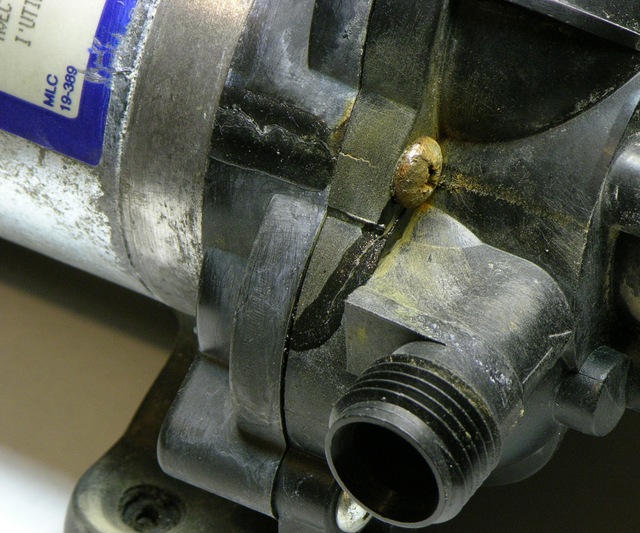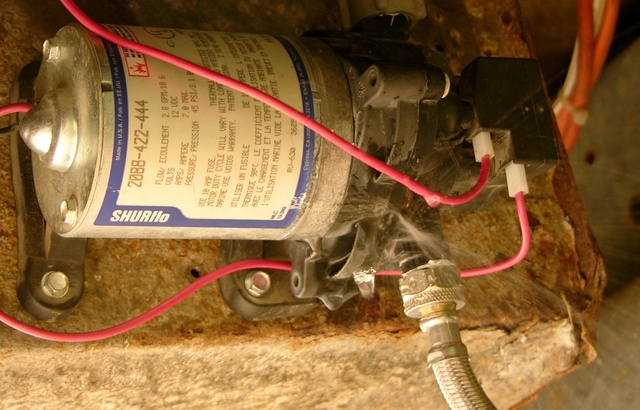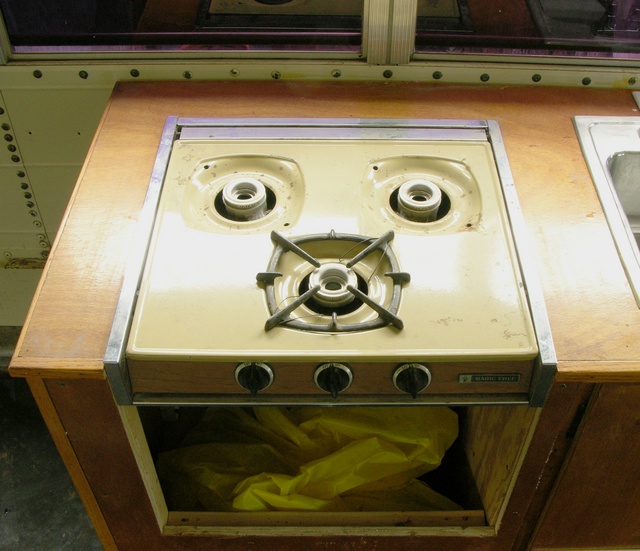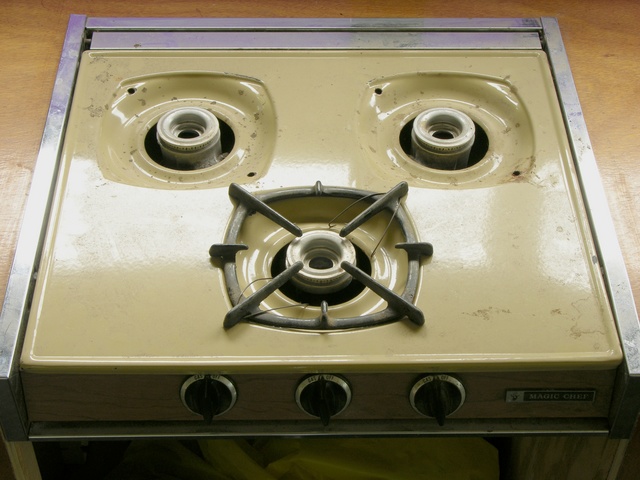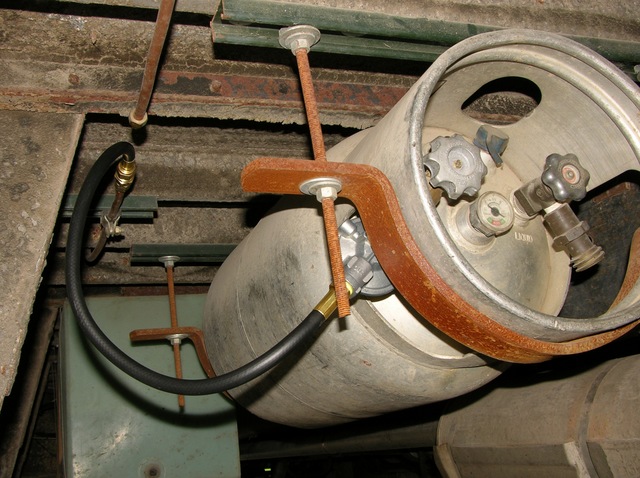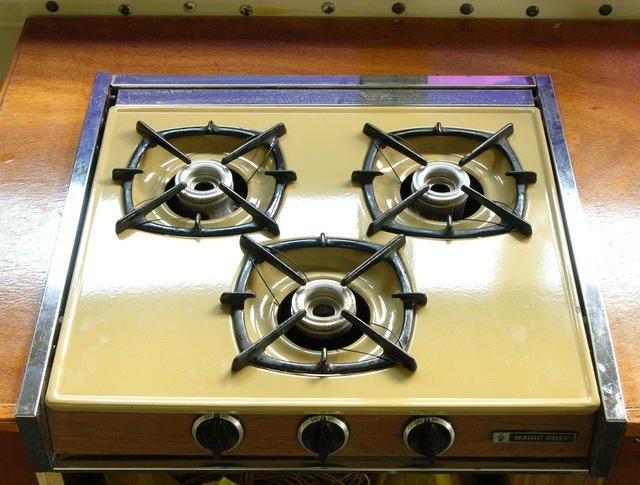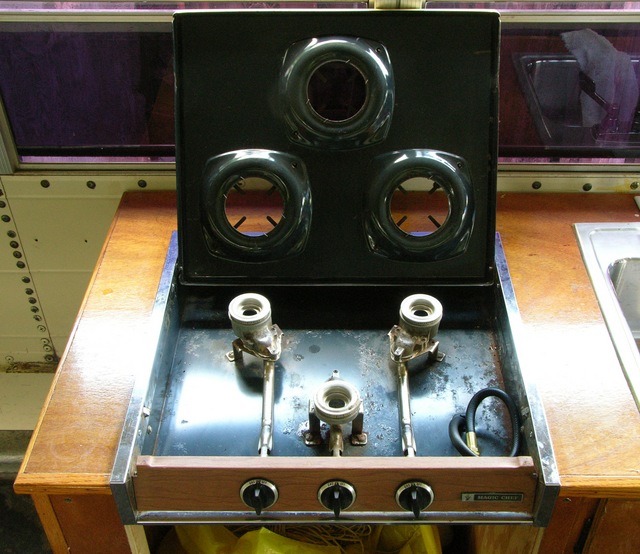In thinking about the usability, security, and safety of the bus, I’ve come to the conclusion that the rear “ramp” installed by a former owner needs to be undone.
It currently latches from the outside, so it’s not usable as an emergency exit without moving the hasps to the inside. It’s very heavy and the handle is high up, so not everyone I know is capable of lowering it. With the hasps inside, in a fire one could unlatch it and push it open to let it fall to the ground; but in other use, it would require two people (inside and out) or a winch to open carefully. It just doesn’t work for me.
First Junkyard Trip
Last Monday on my way home from a holiday trip to Lawrence, I stopped at the junkyard between Newton and Walton to look around. I hadn’t planned the visit and had neither target dimensions nor a tape measure with me; but I quickly found a bus that suggested a return trip was worthwhile.
